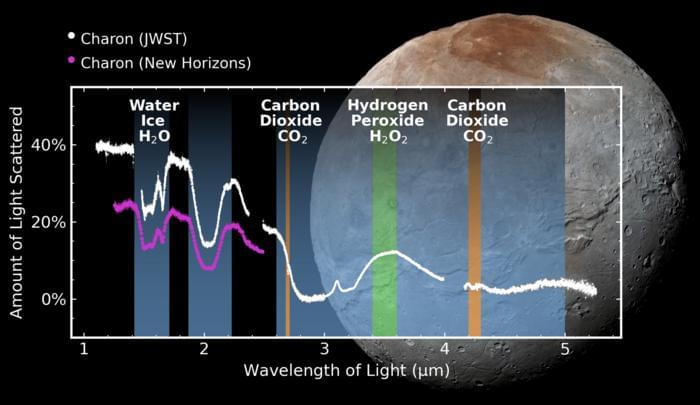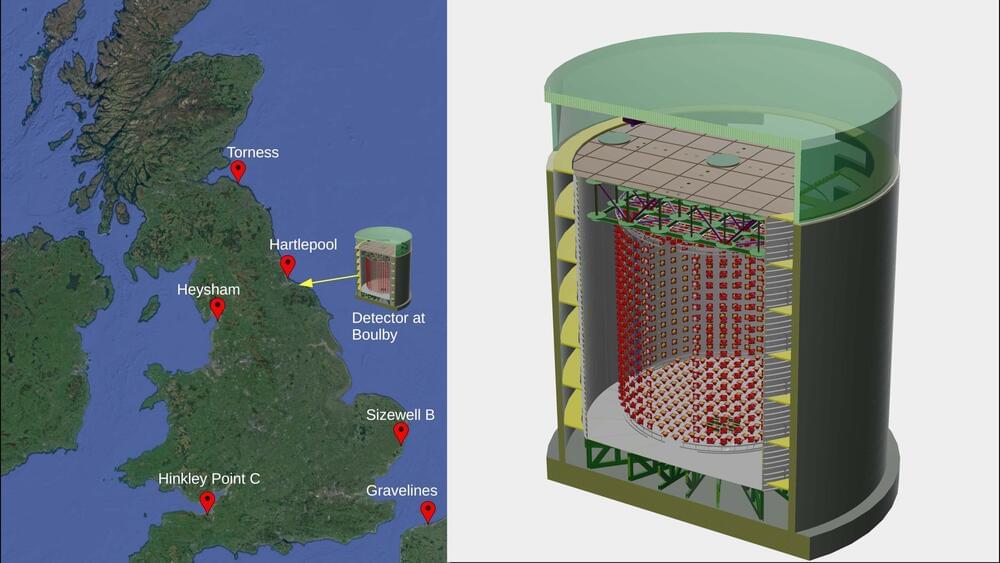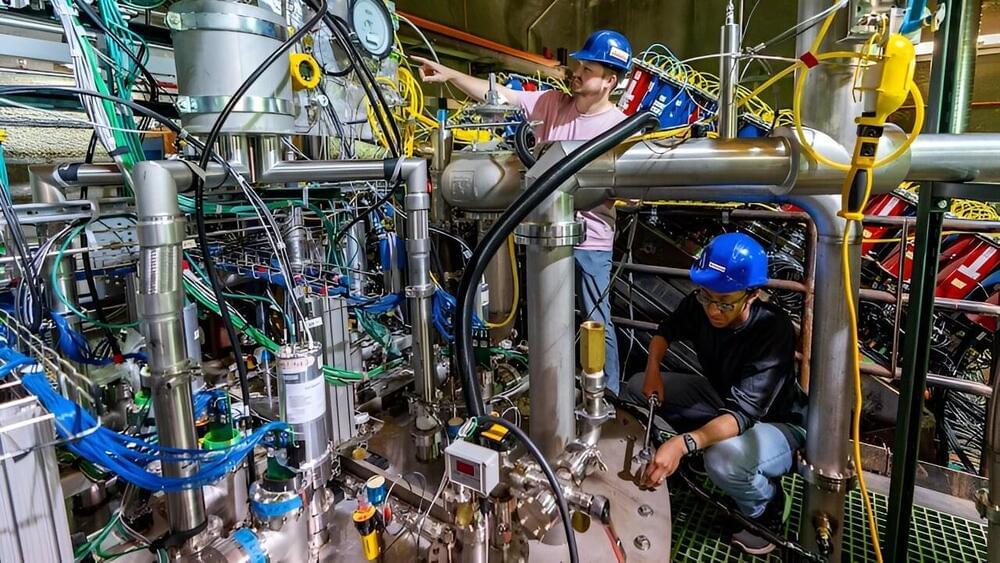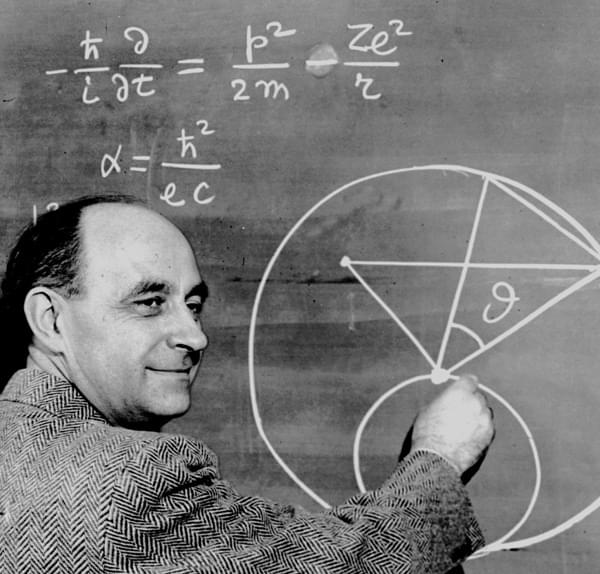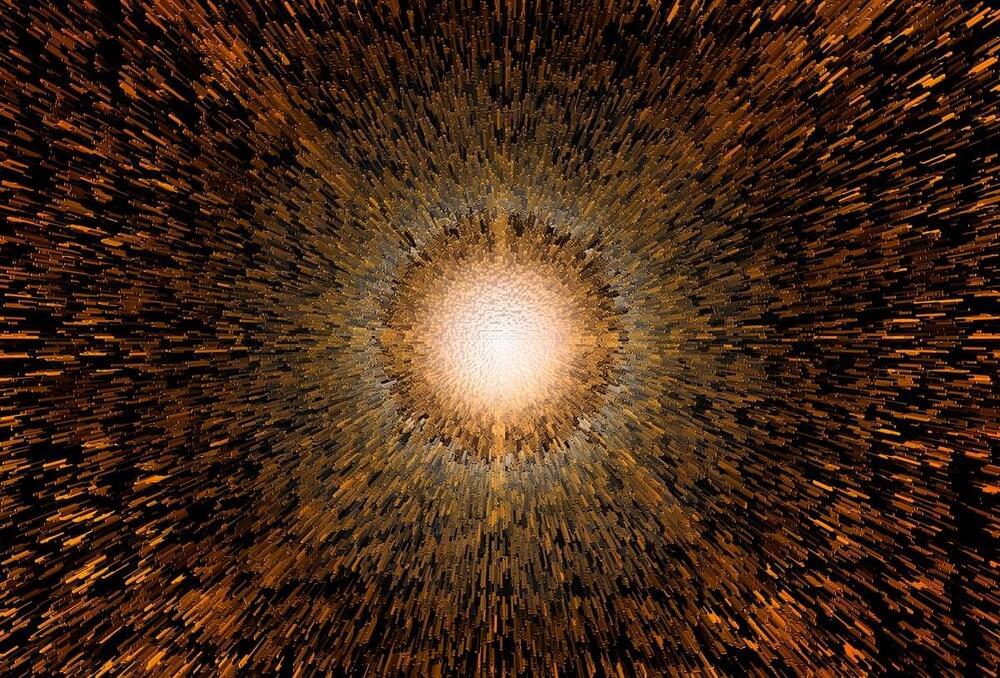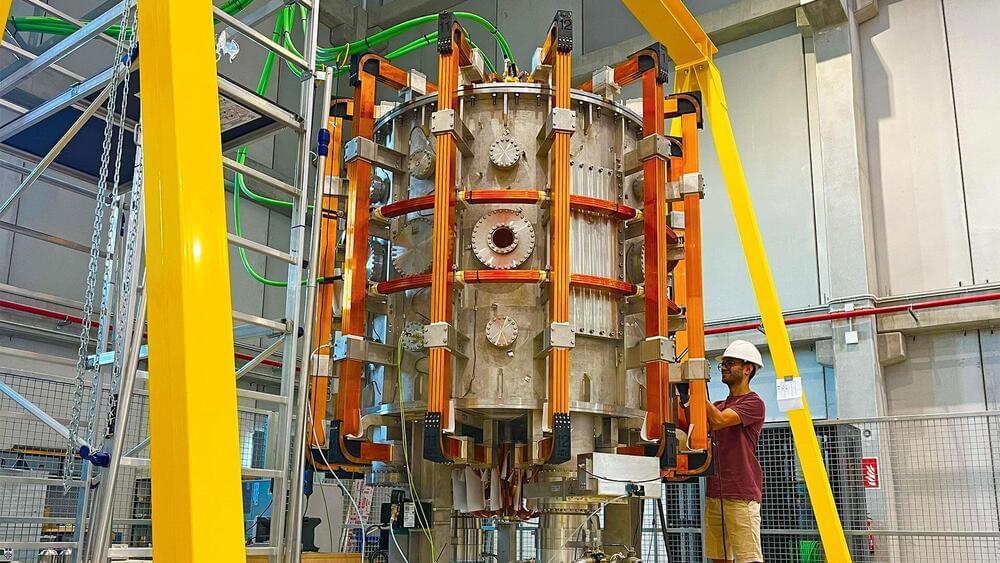Understanding this unique form of superconductivity is crucial and could lead to exciting applications, like functional quantum computers.
A newly synthesized material made from rhodium, selenium, and tellurium, has been found to exhibit superconductivity at extremely low temperatures.
“The scientists believe the material’s behavior might stem from the excitation of quasiparticles — disturbances within the material that behave like particles — making it a ” topological” superconductor. This is significant because these quasiparticles’ quantum states could potentially be more resilient, remaining stable even when the material or its environment changes.



